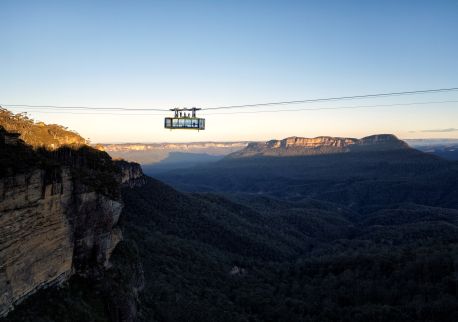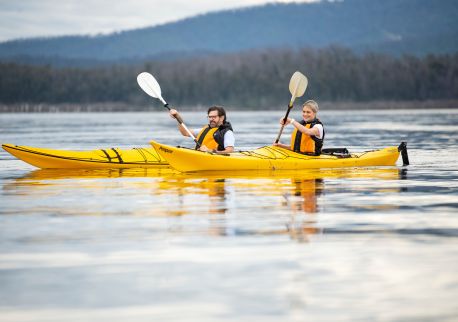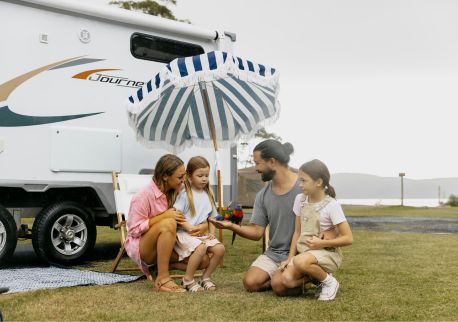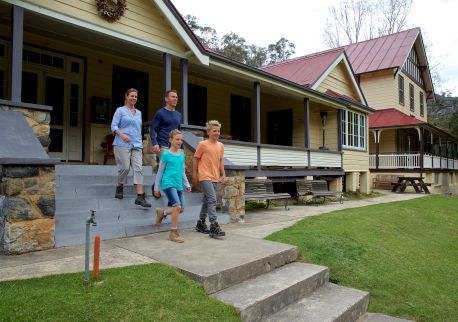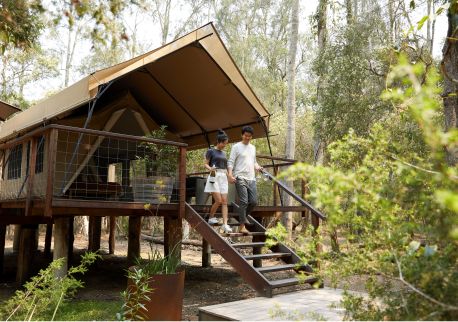Yarrila Arts and Museum
Highlights
**Dynamic exhibitions** – Rotating displays feature art, history, and digital works.
**Central location** – Situated in Coffs Harbour CBD on Gumbaynggirr Country.
Overview
Located on Gumbaynggirr Country along the mid-north coast of NSW, Yarrila Arts and Museum (YAM) is at the heart of Yarrila Place in the Coffs Harbour central business district.
The name Yarrila, pronounced, YA-re-la, is a Gumbaynggirr word that means “illuminate / brighten / light up / illustrate”. This encapsulates YAM’s vision of illuminating knowledge, arts, heritage, and community creativity.
YAM boasts five exhibition spaces. The centerpiece is 'Yaamanga Around here', a permanent exhibition that explores the history and identity of the Coffs Coast through a captivating display of objects, artworks and stories. The other four exhibition spaces come alive with dynamic rotating exhibitions, many of which proudly feature YAM’s own collections.
The dynamic exhibition program spans a range of inspiring local, regional, touring and in-house curated exhibitions. Encompassing art, social history and natural history, these exhibitions change regularly ensuring an enriching experience for all. YAM’s digital exhibition space is designed to attract ground-breaking digital creations that challenge the boundaries of art and storytelling.

